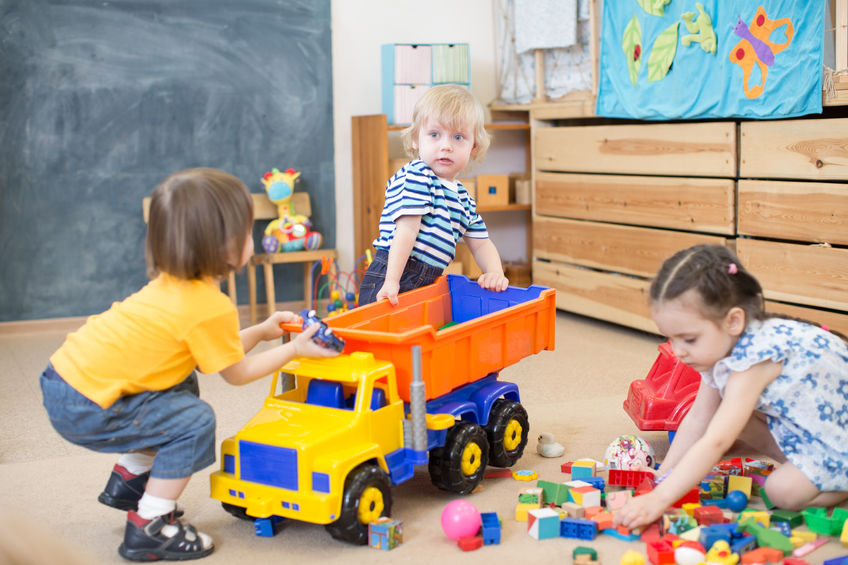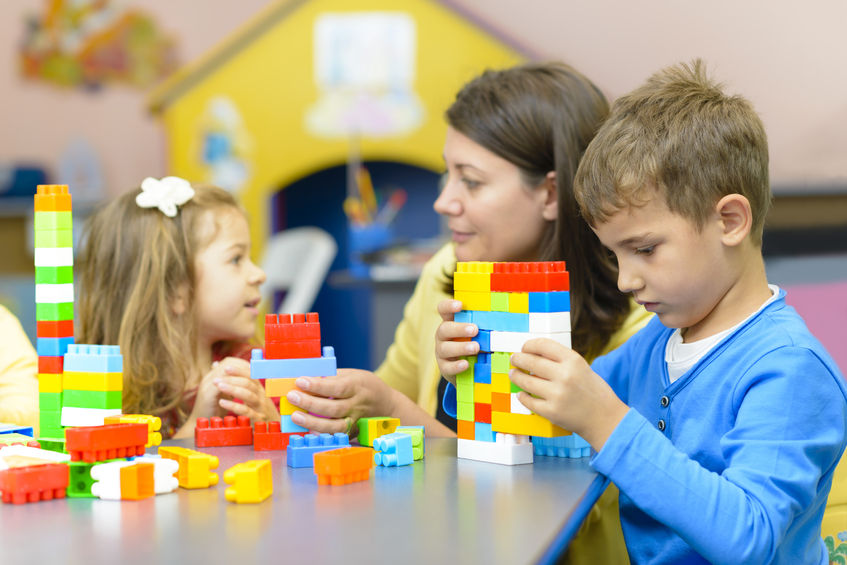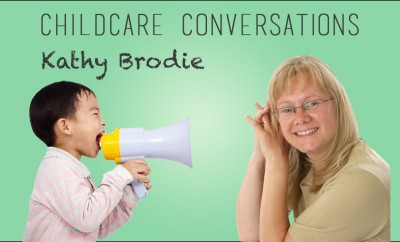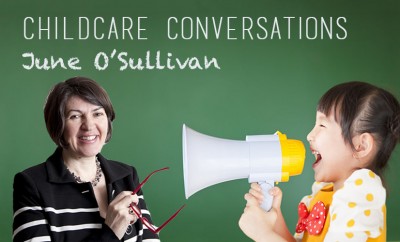
Childcare Environments
Teaching Young Children How To Resolve Conflict
Conflict between young children in any childcare setting is inevitable. There will always be tension arising from negotiations over toys, friendships, roles and so on, and sometimes that tension will escalate. This can be challenging for childcare workers to deal with. But when children are supported to resolve conflict in a positive way, it can also lead to fantastic learning experiences.
Learning how to resolve conflict can help children to:
• Improve their communication and listening skills
• Understand how to evaluate a situation
• Foster creative problem-solving skills
• Develop greater empathy for others
• Build self-confidence
Here are some strategies to help childcare workers deal with conflict effectively, as well as supporting children to learn from the process.
1. Prepare the way
First of all, it’s helpful to set some clear rules for your nursery, so that everyone knows a) what is acceptable (and unacceptable) behaviour and b) what will happen if conflict arises. Keep the rules simple and make sure that all of the children understand and buy into them. Rules could include things like ‘each child will get a turn to give their side of the story’ and ‘everyone must listen when another person is speaking’

It goes without saying that staff should model respectful behaviour – to each other and to the children – and try to establish a calm environment throughout the nursery. It can also be a really useful exercise to identify some relevant picture books, in which the characters deal with conflict positively, and read them together in groups, discussing them afterwards with the children.
2. Learn when to step in (and when not to)
Even very small children are capable of resolving their own conflicts, and if possible should be left alone to do so. That will give them the best learning experience of all. However, if a child is being hurt, or getting particularly upset, or the conflict is spiralling out of control in some other way, then obviously intervention will be necessary. Before it gets to that point, just try to watch and wait – the children may well manage to avert the crisis by themselves. In that case, you might decide to reinforce the learning outcome by asking them to describe what just happened and praising them for the way they dealt with it.
EYFS Developmental Milestones – Download Free eBook
3. What to do when adult intervention is necessary to resolve conflict
Here are some general guidelines to keep in mind:
• Step in calmly
• Physically protect any child who is getting hurt
• Remove any contentious objects (e.g. toys being fought over)
• If practical/necessary, move the children away to a quiet space
• Briefly remind them about the nursery rules, so they know what to expect (i.e. “remember that everyone will get a chance to speak”)
• Model good communication skills by talking calmly, asking simple questions and listening carefully
• Let each child have a turn to speak so you can piece together what happened (but try not to let them get too bogged down in the details)
• Acknowledge everyone’s point of view and feelings
• Don’t apportion blame or take sides
• Once you feel you’ve got to the bottom of the incident, briefly summarise it and check that the children agree with your description
• Ask them for ideas about how to resolve the situation (again everyone gets a turn)
• Explore all of the ideas with the children (even the impractical ones) and agree on a solution
• Praise them for resolving their conflict

4. Debrief and evaluate
After the conflict has been resolved and everyone has calmed down, you might decide that a quick debriefing session would be useful to help reinforce the learning experience. Gather the children together again and recap what happened; get the children to describe it in their own words. Ask them to come up with some ideas about how they might be able to a) avoid that particular conflict happening again and b) resolve it by themselves next time.
5. Dealing with on-going issues
If you find yourself dealing with recurring conflicts – perhaps related to a particular child or over particular toys/spaces – you might want to put some specific strategies in place to manage them more effectively.
There are all kinds of reasons why some children are more likely than others to get into conflict on a regular basis. These children may need extra support, for example by reinforcing their positive behaviour (through descriptive praise, reward charts and so on), but also through more vigilant observation.
If there are particular triggers that lead to conflict in your nursery – for example, a toy that all of the children want to play with – then talk to your colleagues about how this could be avoided. Perhaps try moving that toy into a different setting, encouraging the children to play with it in a different way, or buying more similar toys.
Read more about behavioural difficulties in our post – BESD: Behavioural, Emotional & Social Difficulties







You must be logged in to post a comment Login